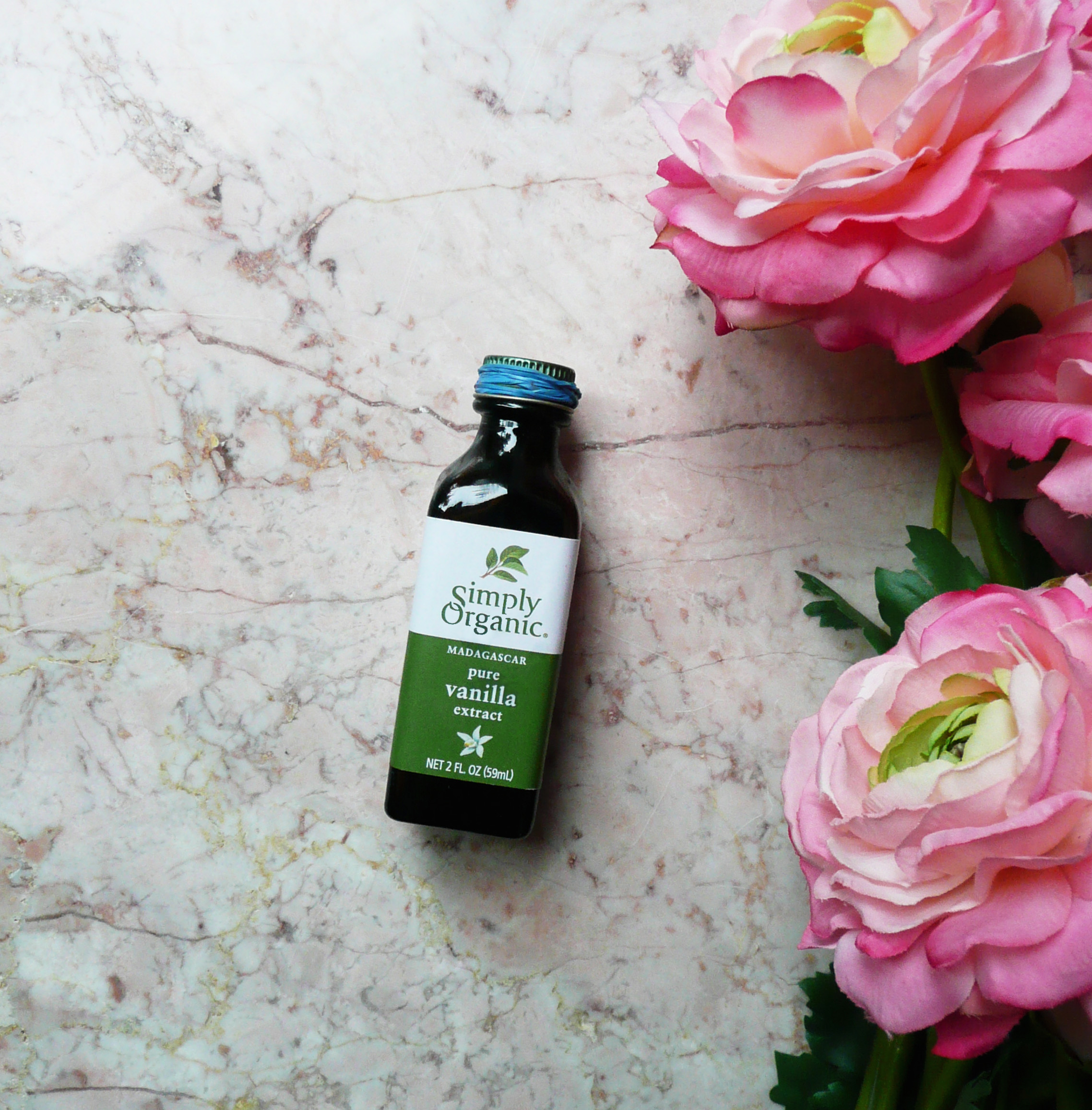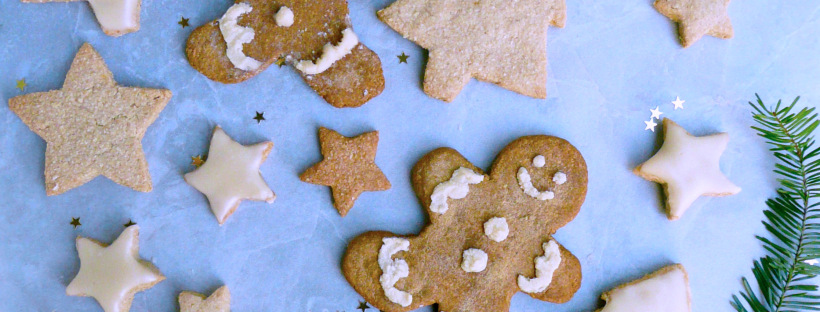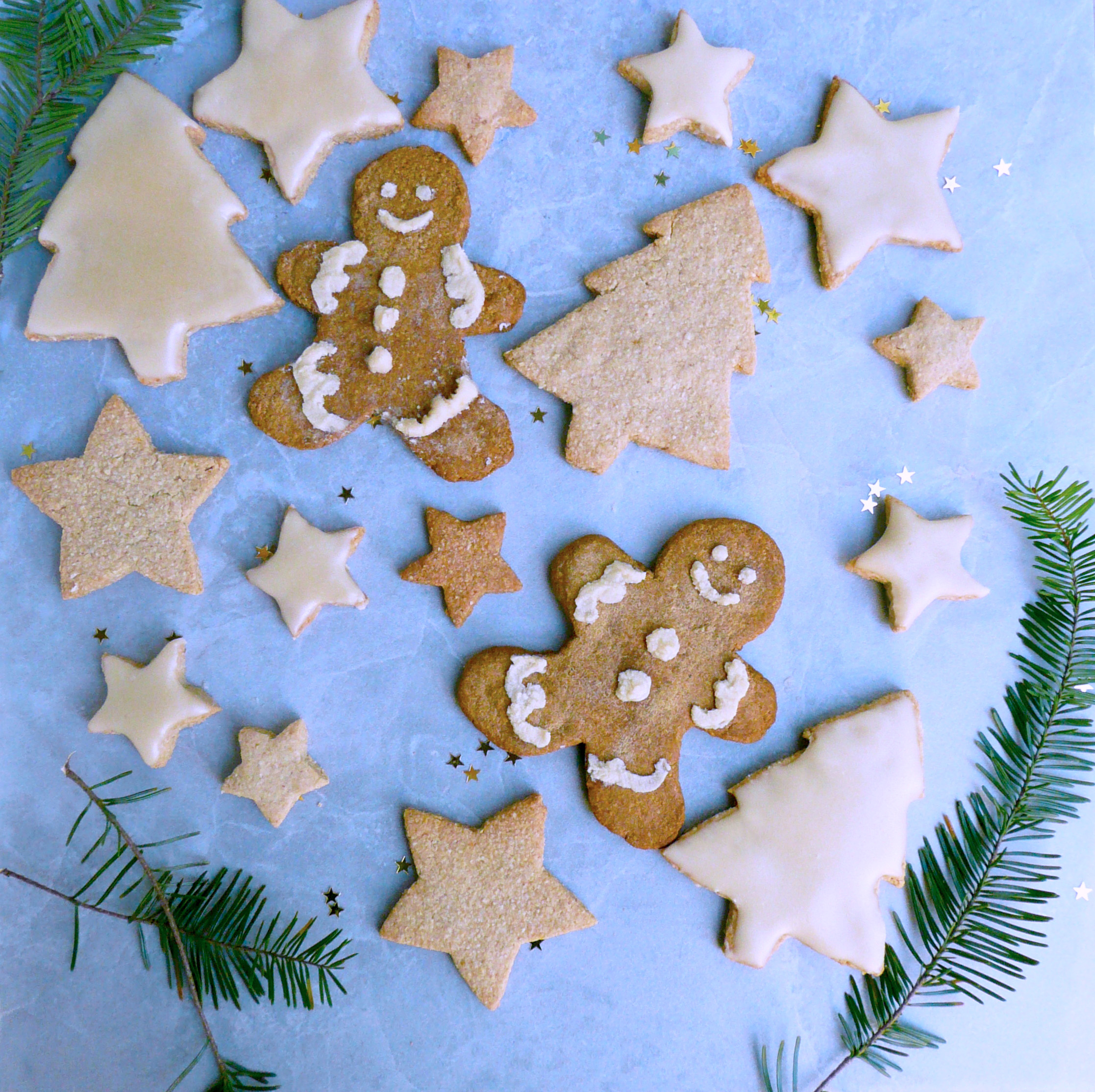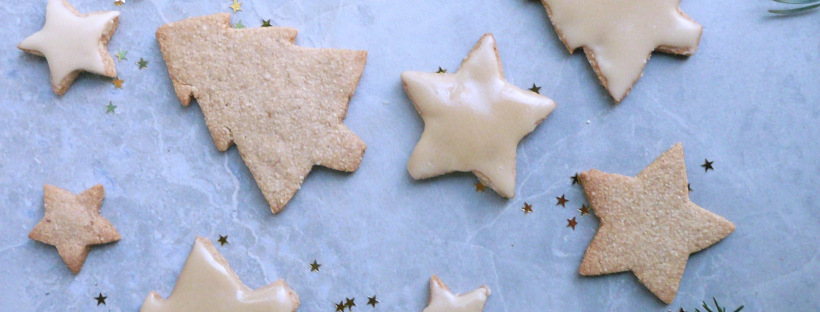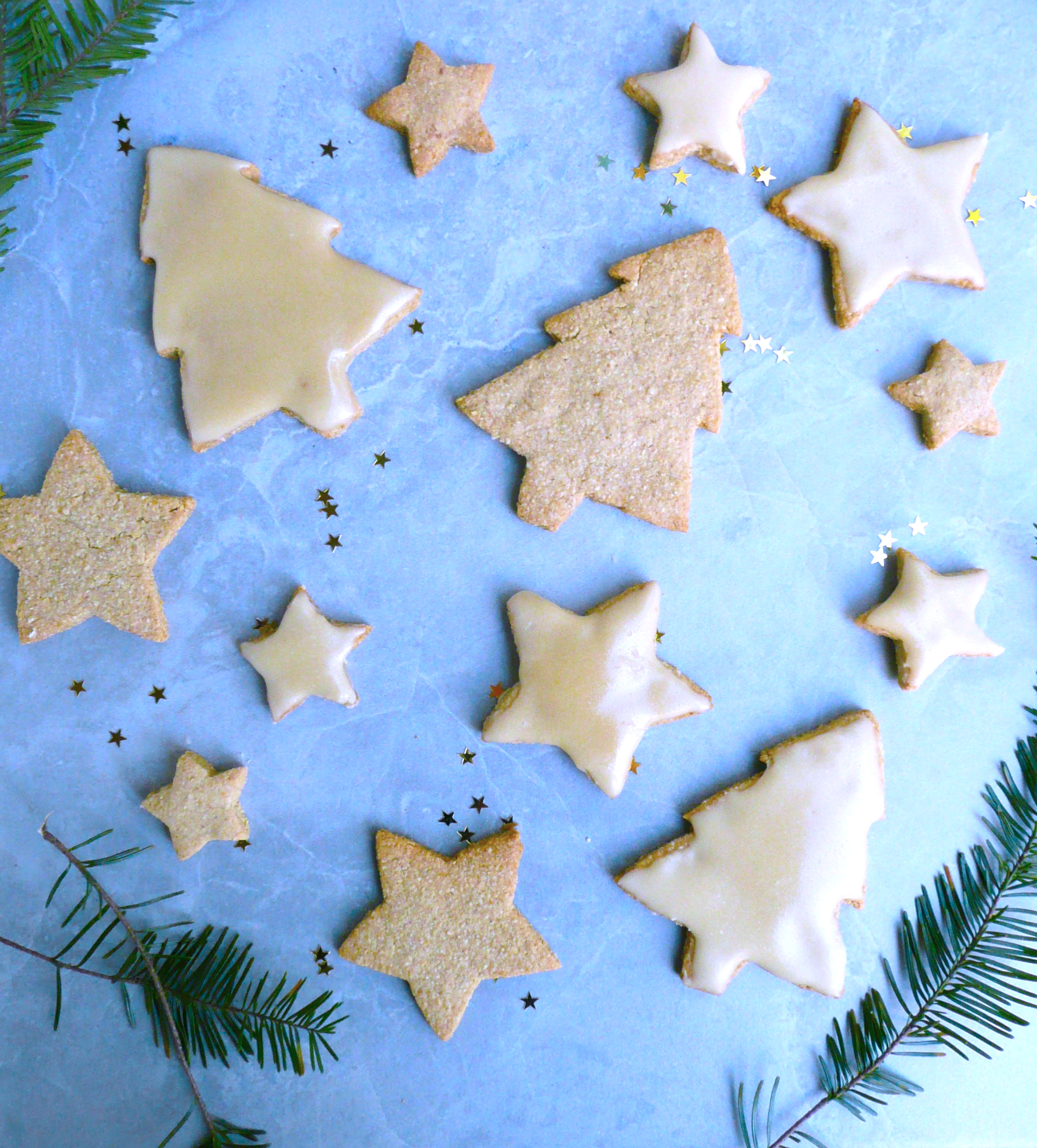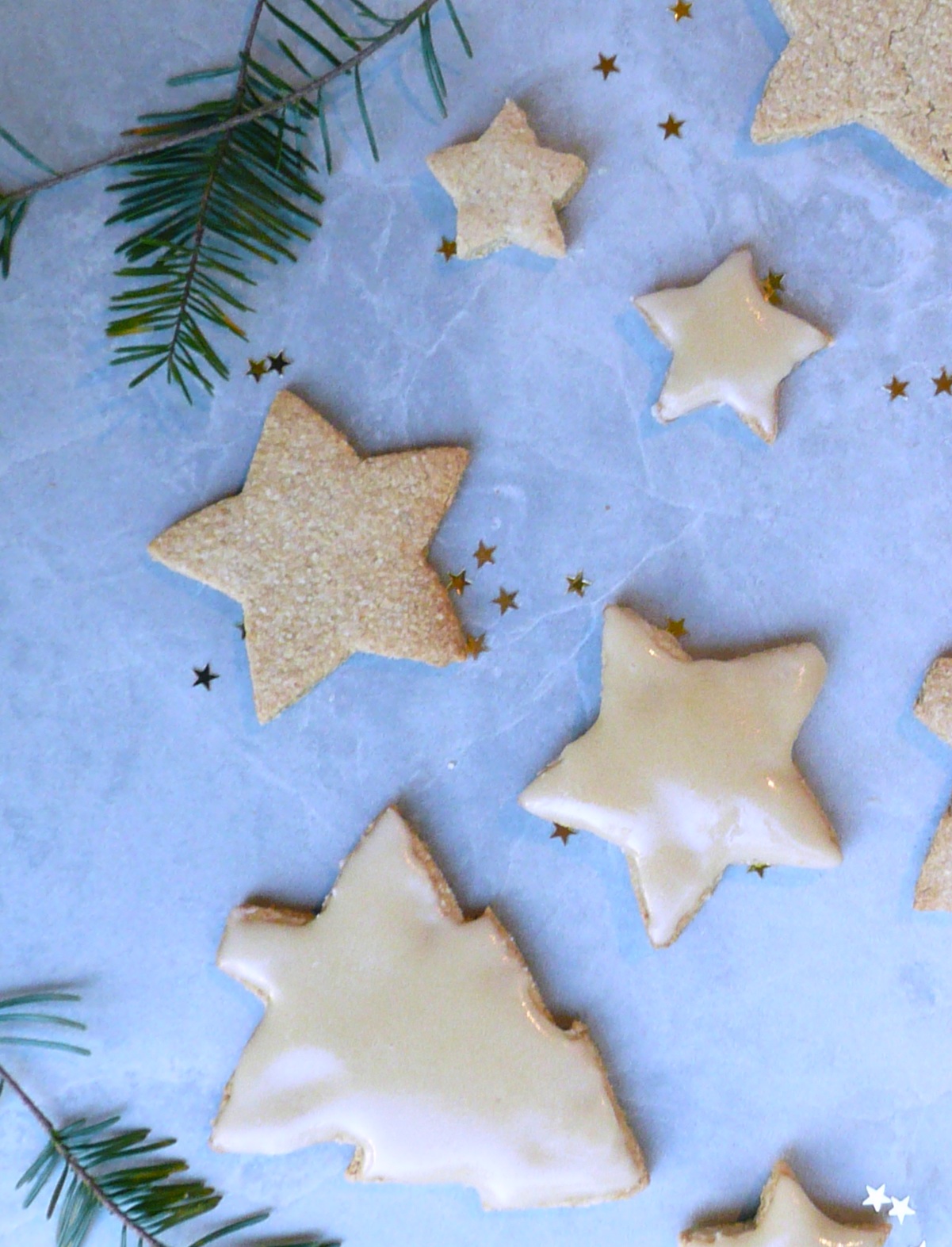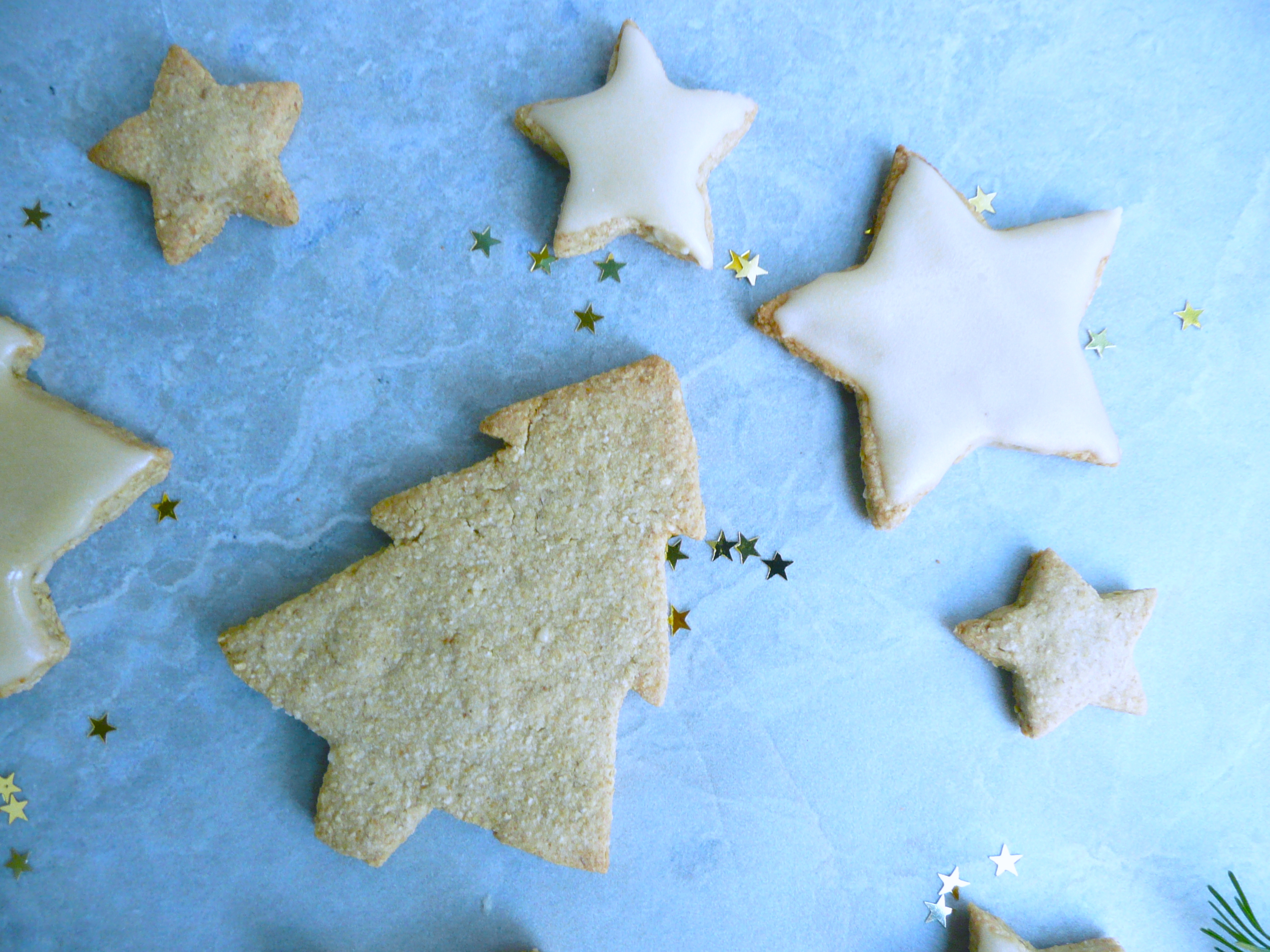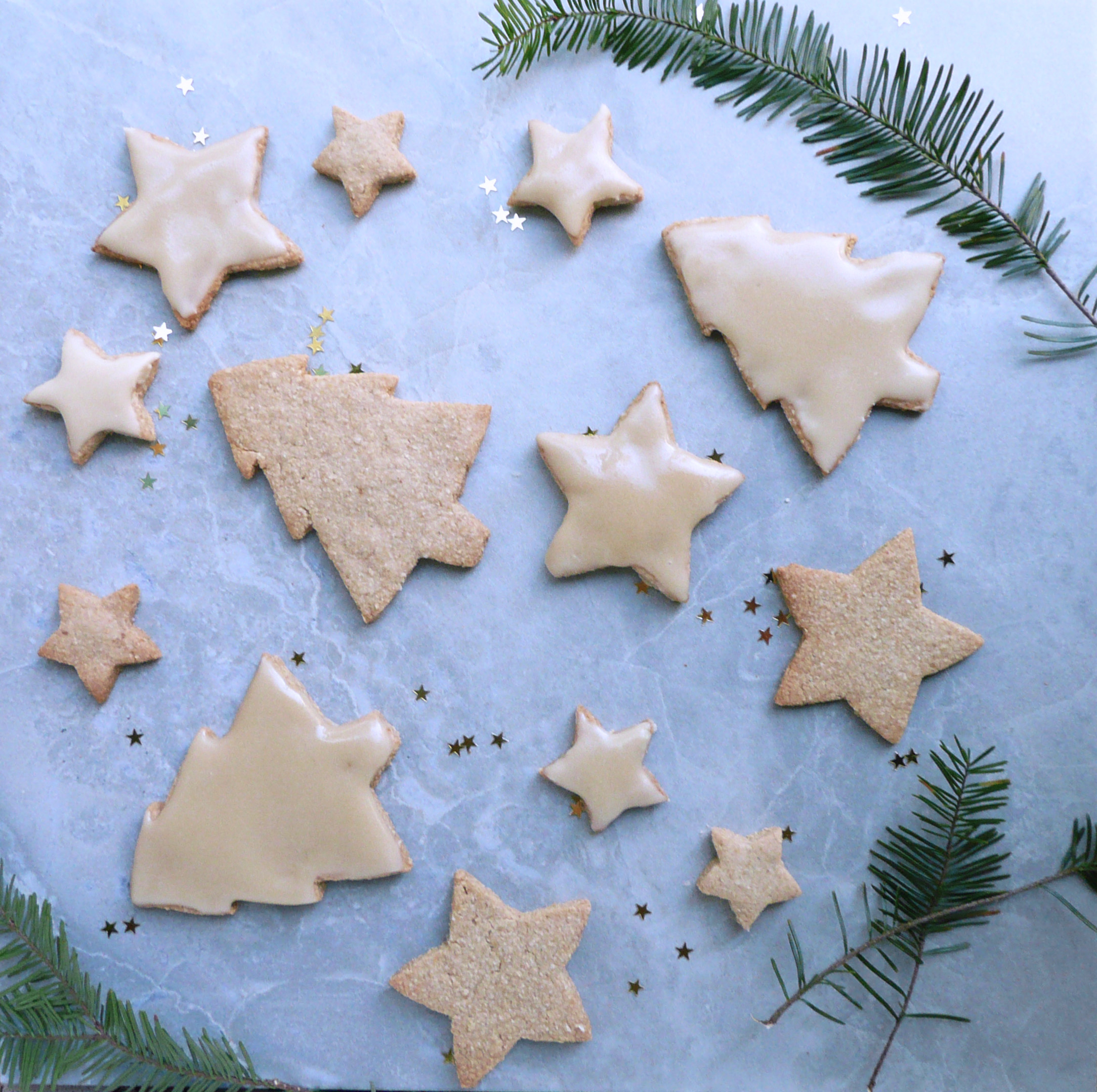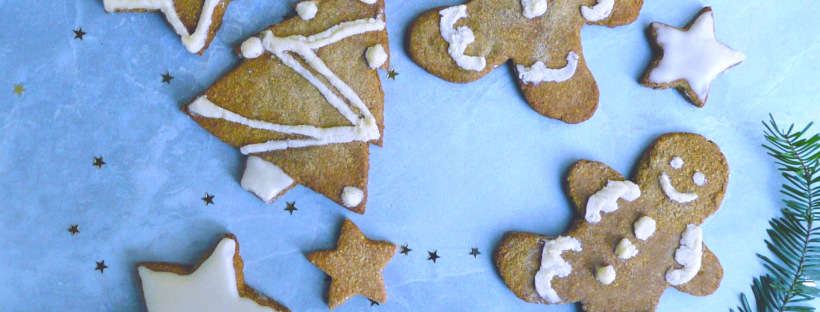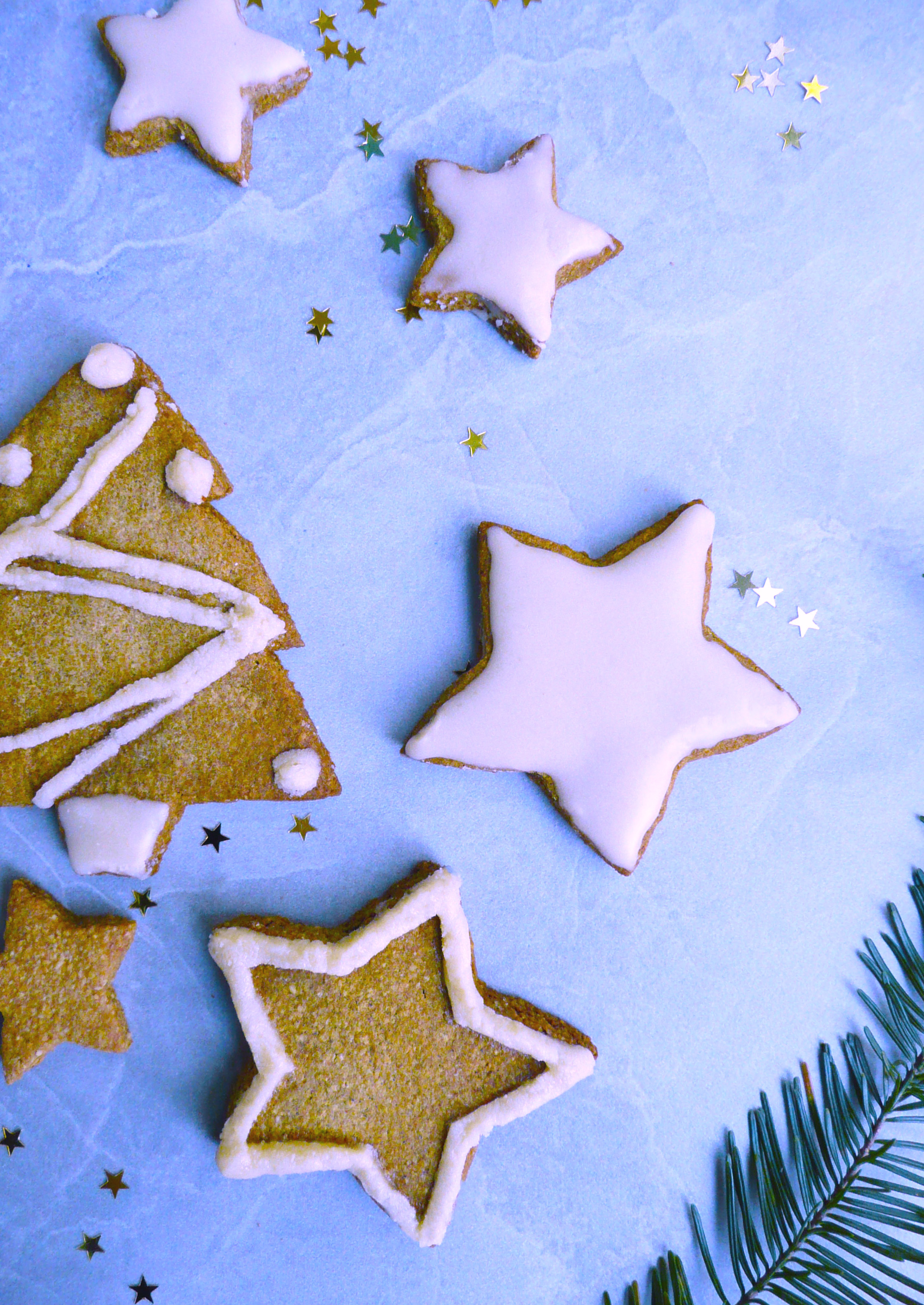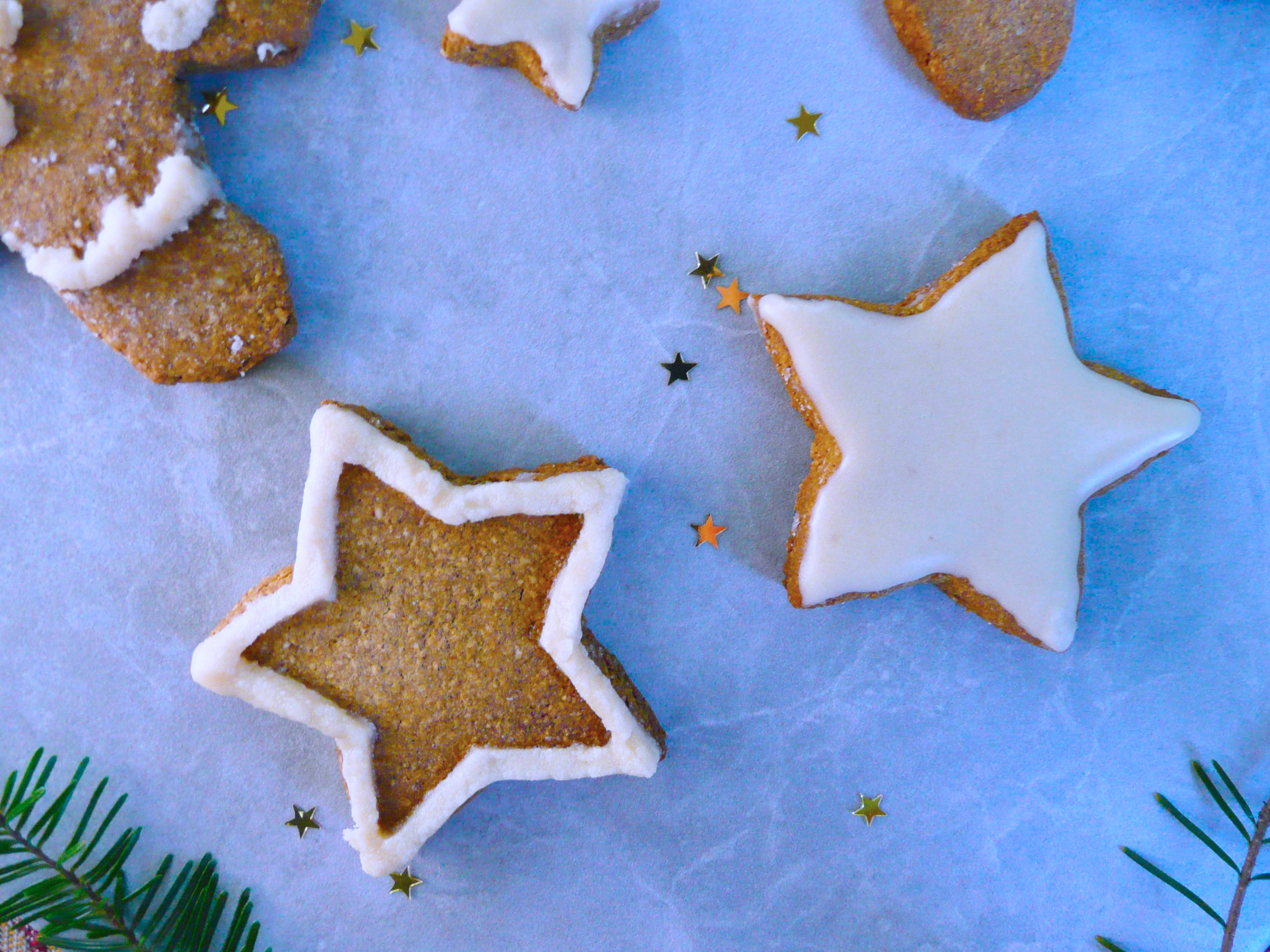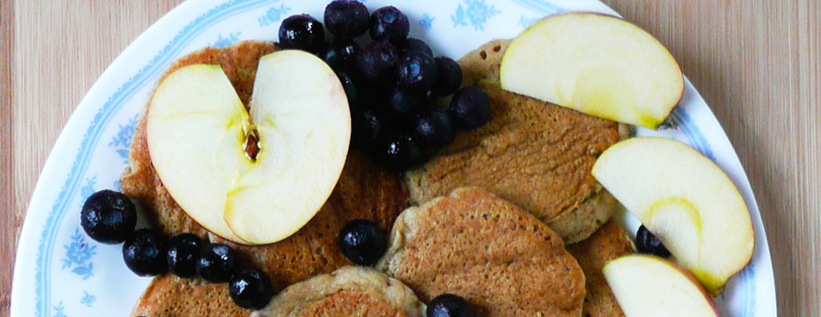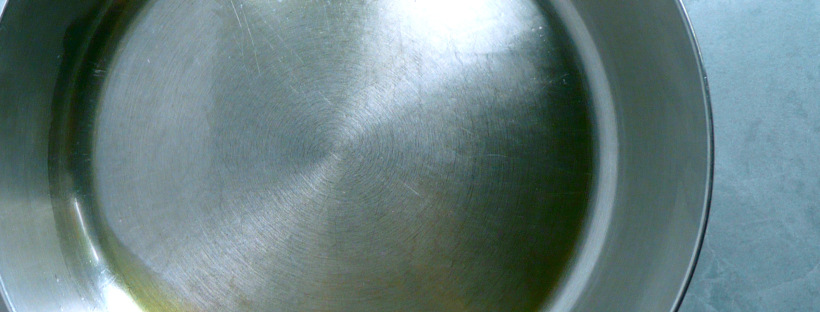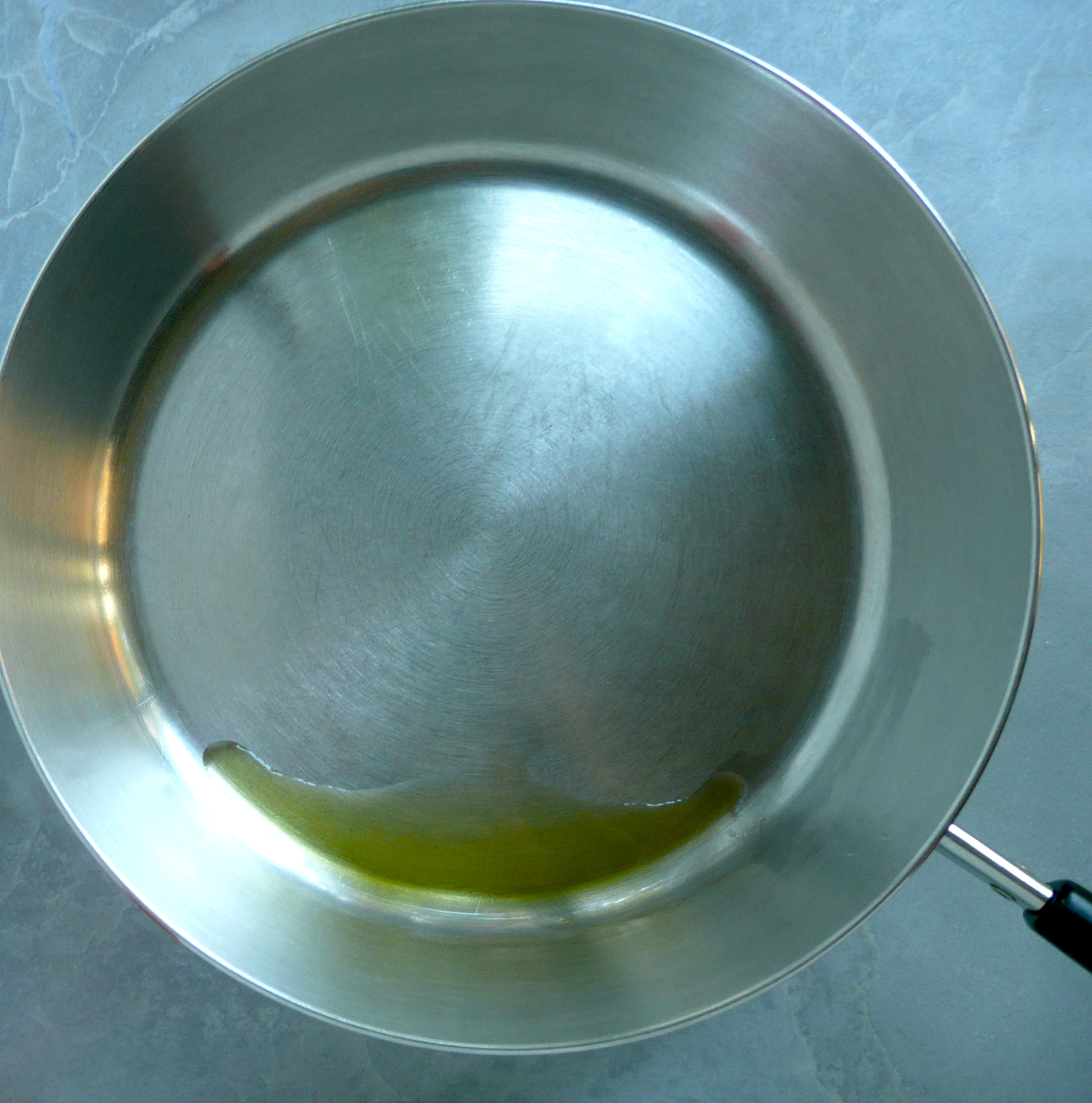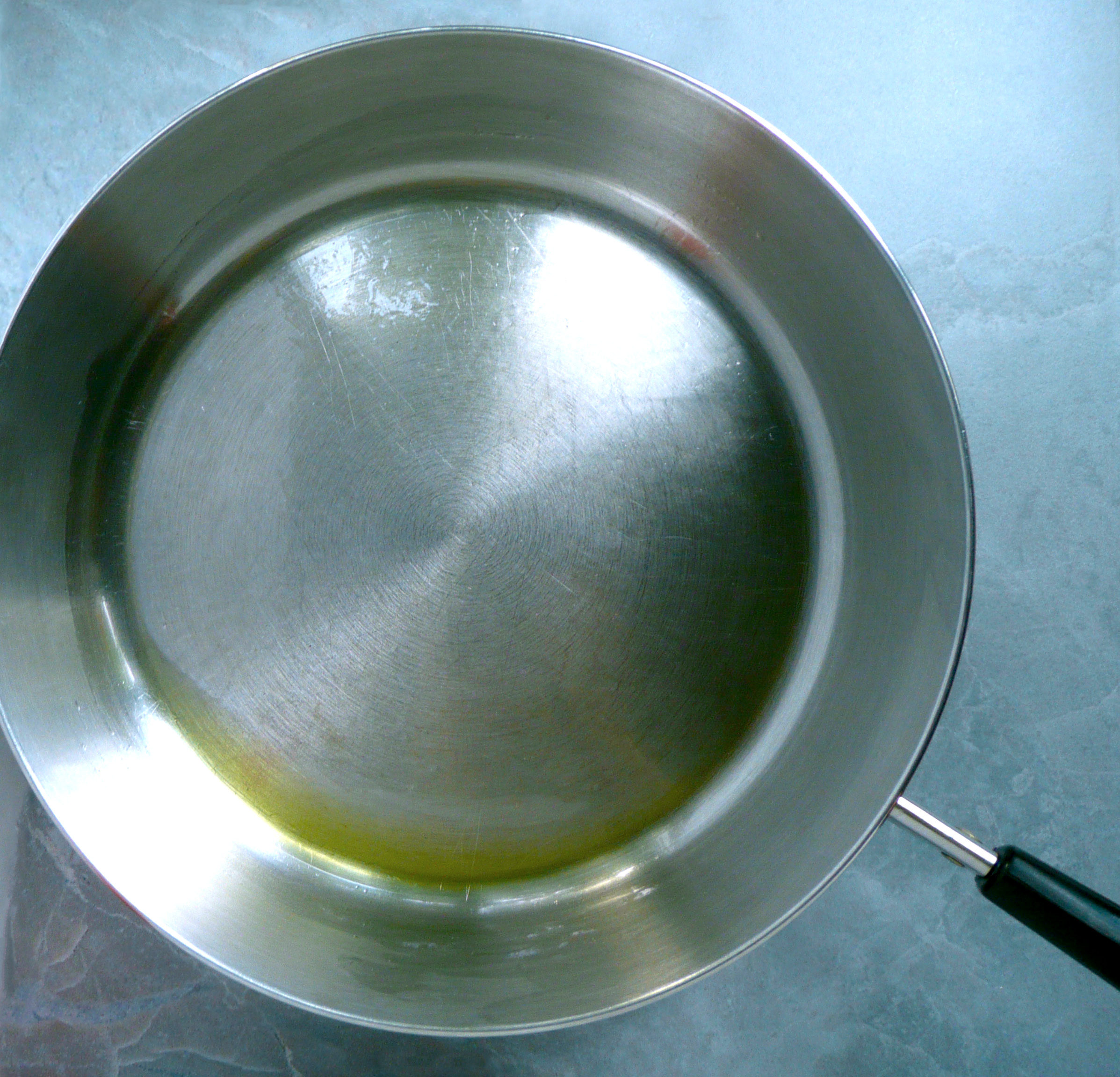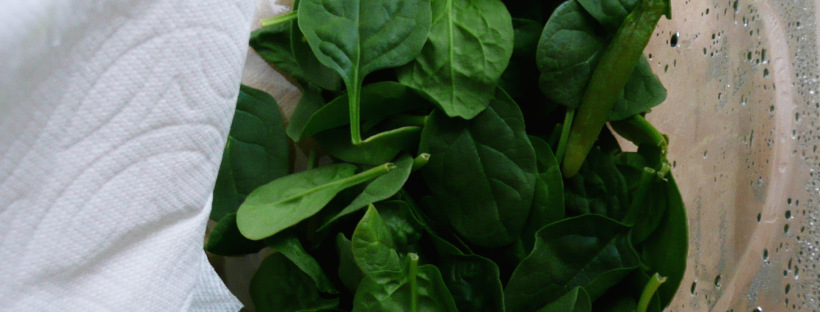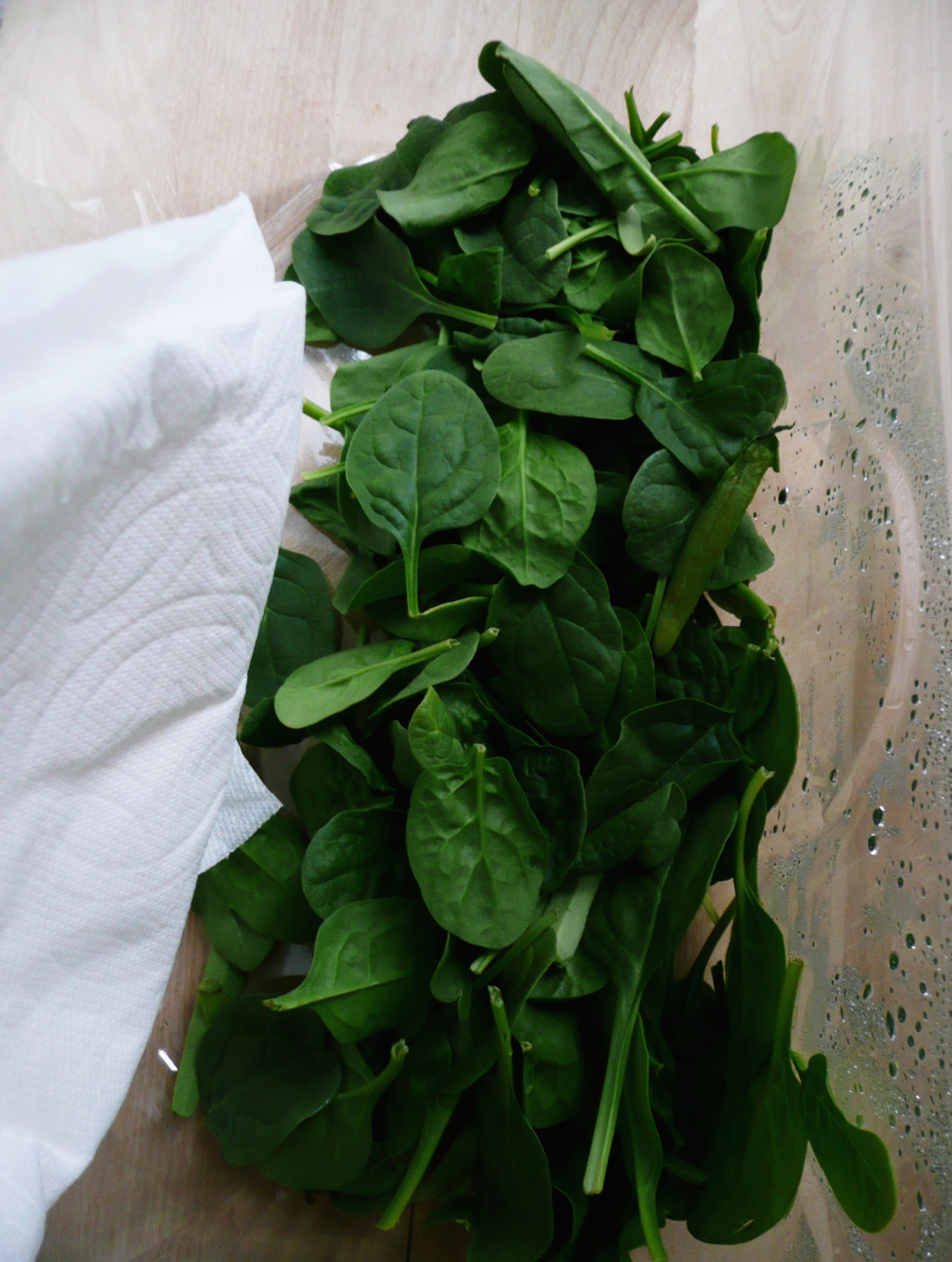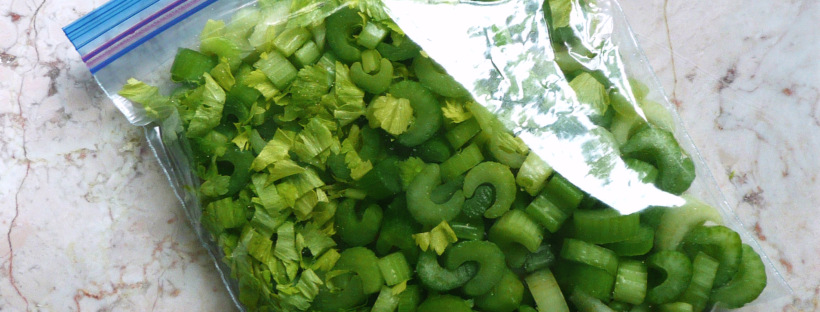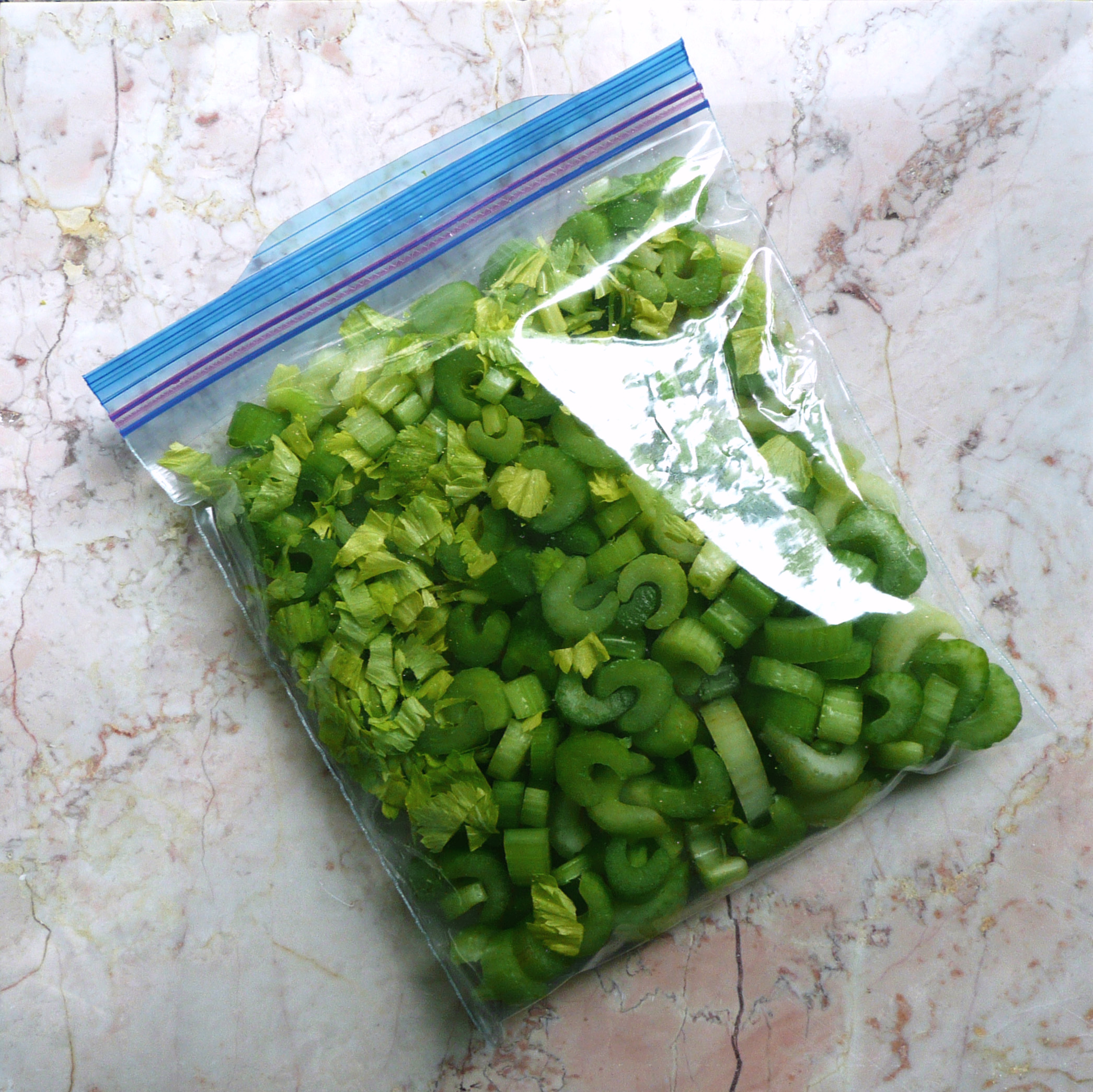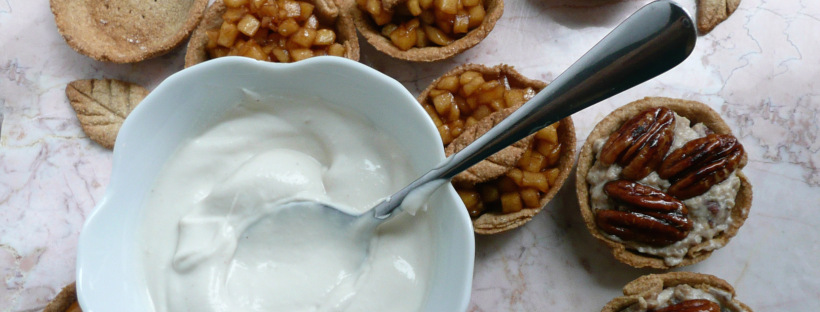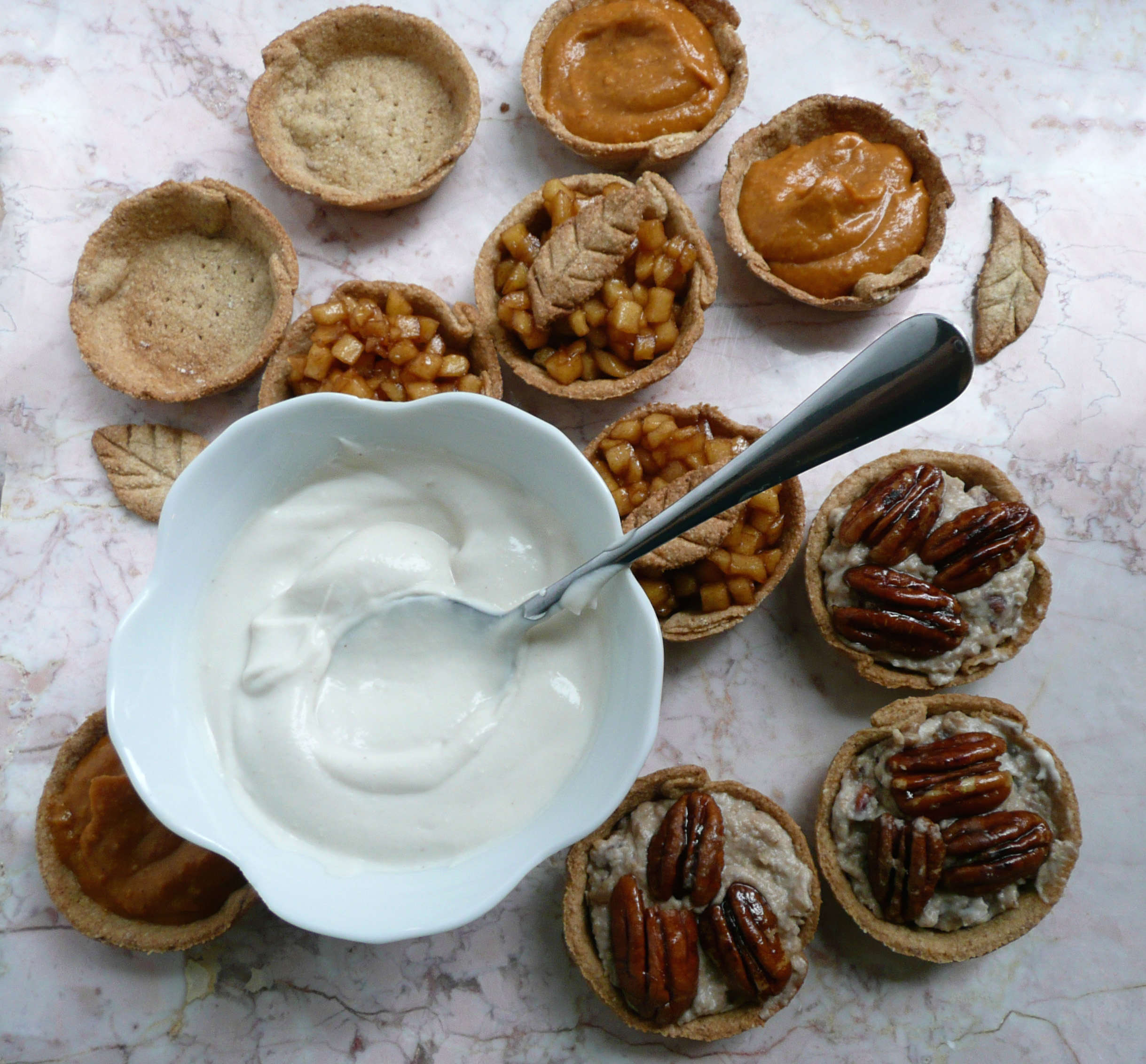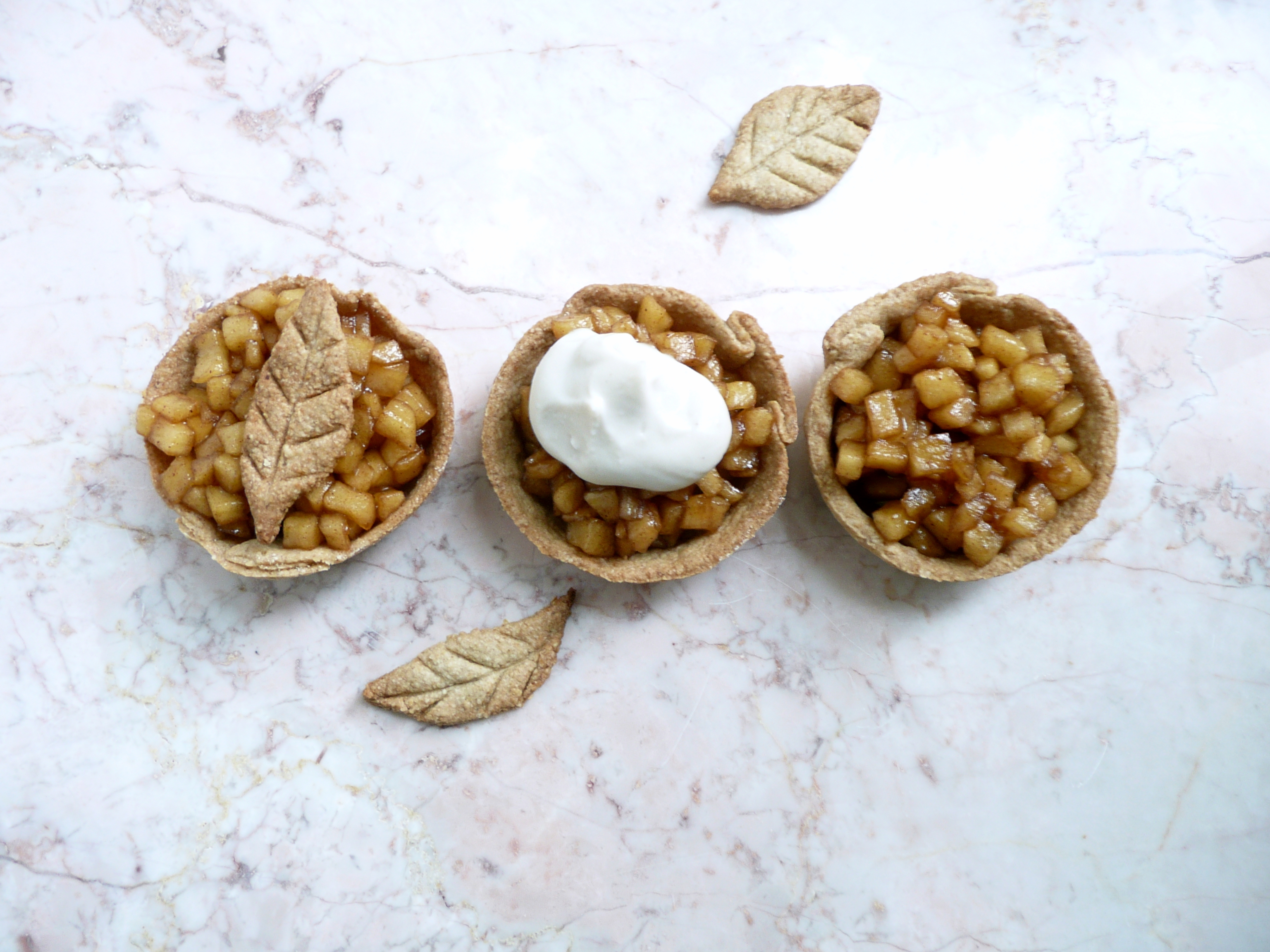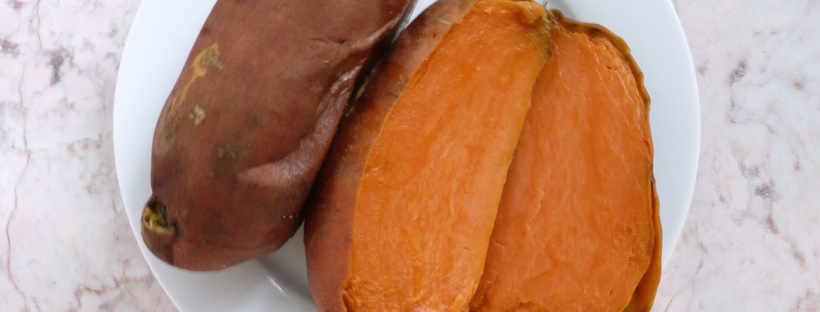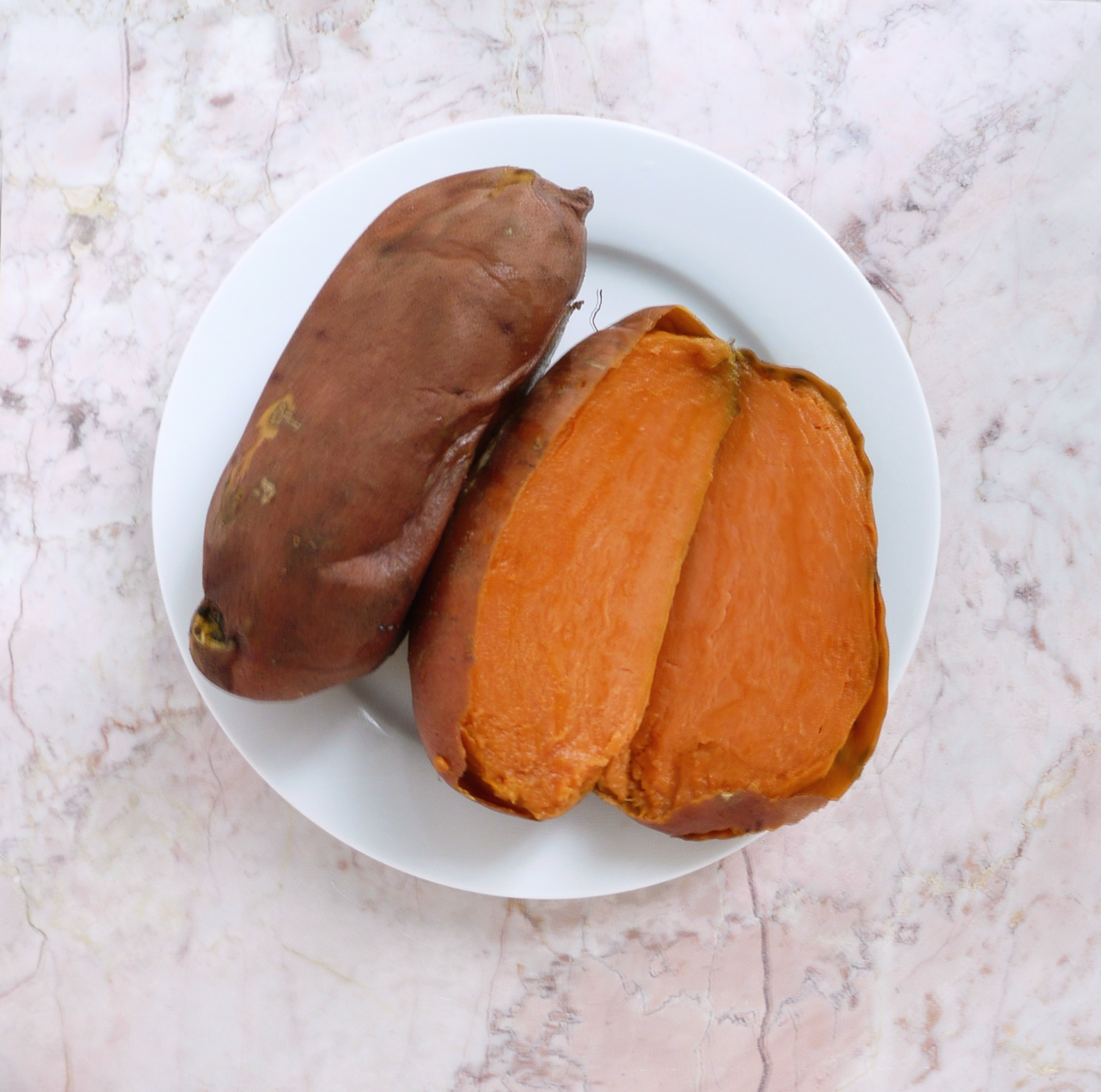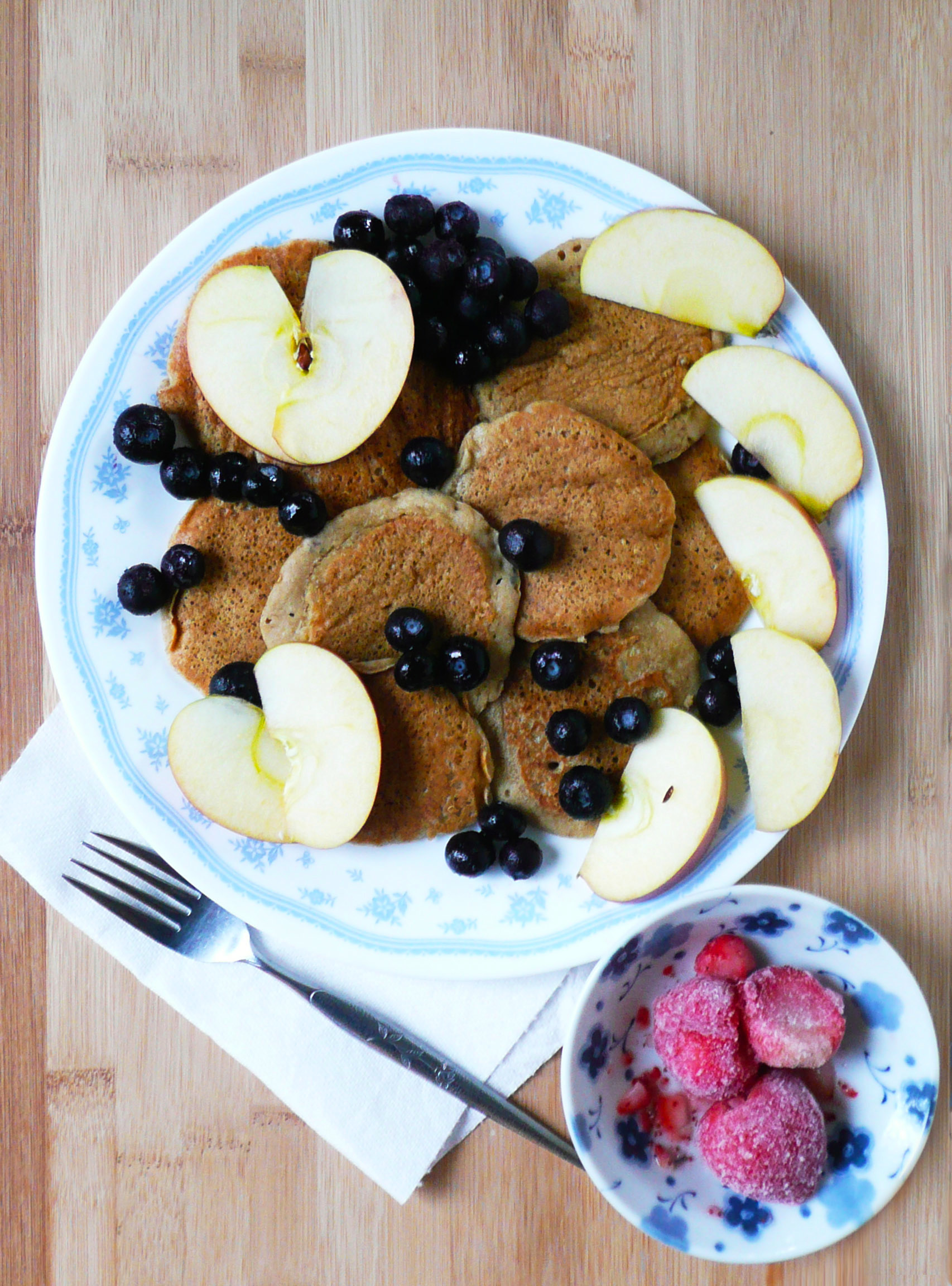
(These are the vegan pancakes, made with maple syrup)
When I first started on this gluten-free, food sensitivity journey, I found out that I couldn’t tolerate many of the ingredients in store bought gluten-free flour mixes.
And I missed pancakes.
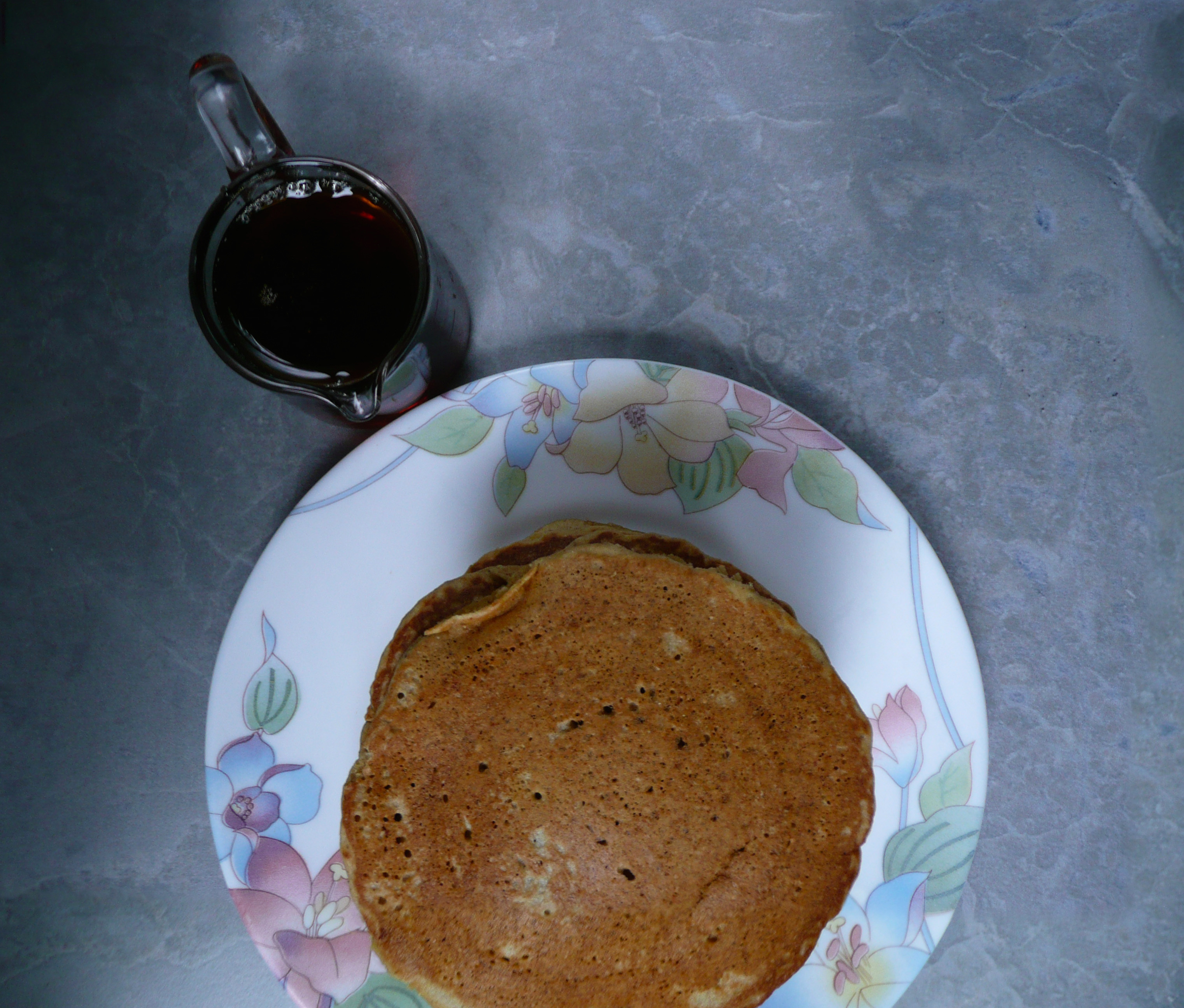
I missed eating them with maple syrup, and fresh peaches in the summer time. I missed eating them them with strawberries and blueberries. Pancakes are a very nostalgic and American food, and it really felt like I was missing out by not being able to eat them.
It took me a year and a half to get this pancake recipe perfect, but I’m honestly so glad that I kept at it until I figured it out. These pancakes are wonderful! They are slightly crispy on the outside, and pillowy soft on the inside. They are not gummy at all.
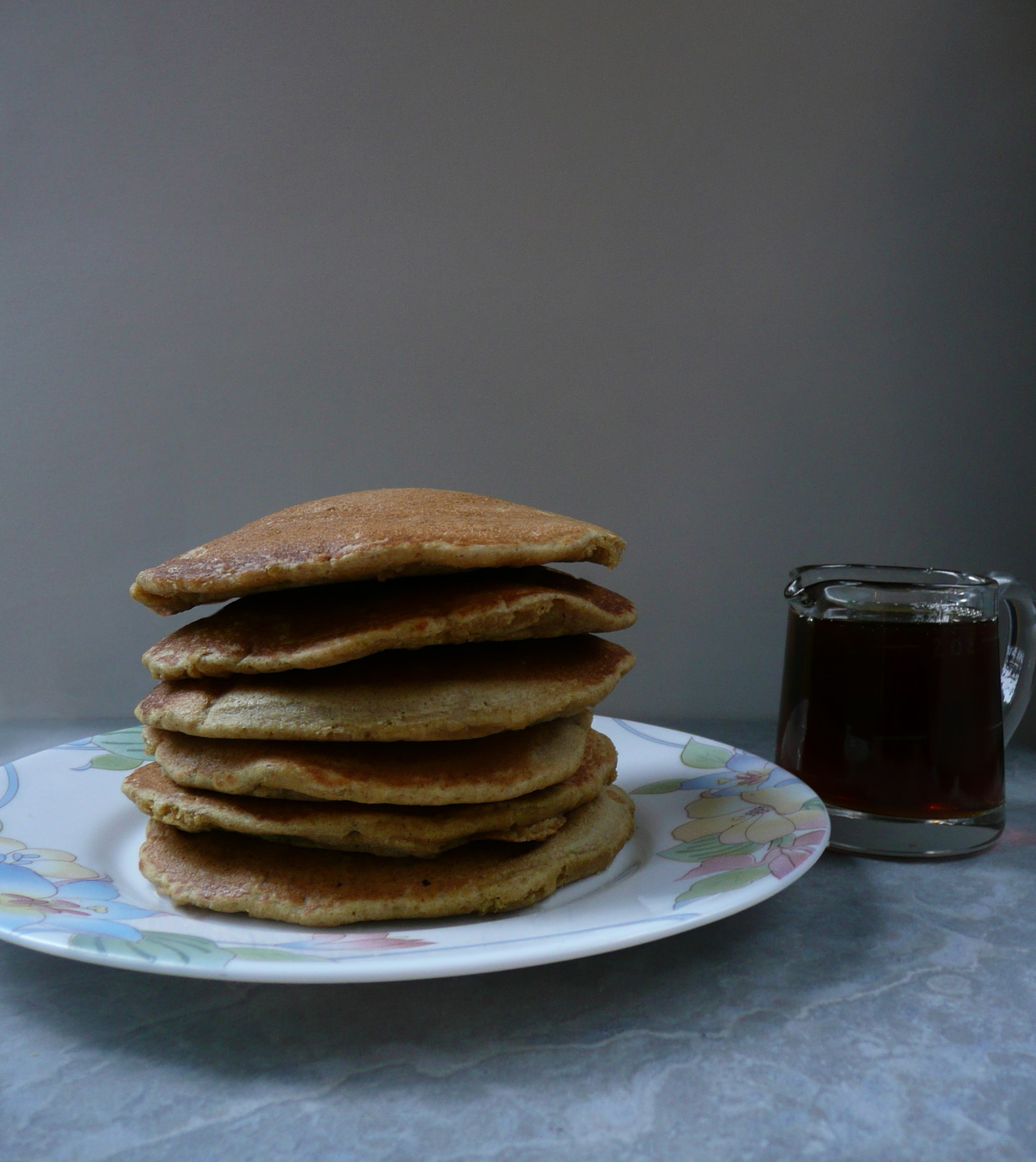
They are made from simple ingredients, and cost very little to make.
The first time I finally figured out this recipe, I flipped over the first pancake and my heart skipped a beat when I saw how beautiful and golden that little pancake was. I had finally gotten it right, and it was so exciting!
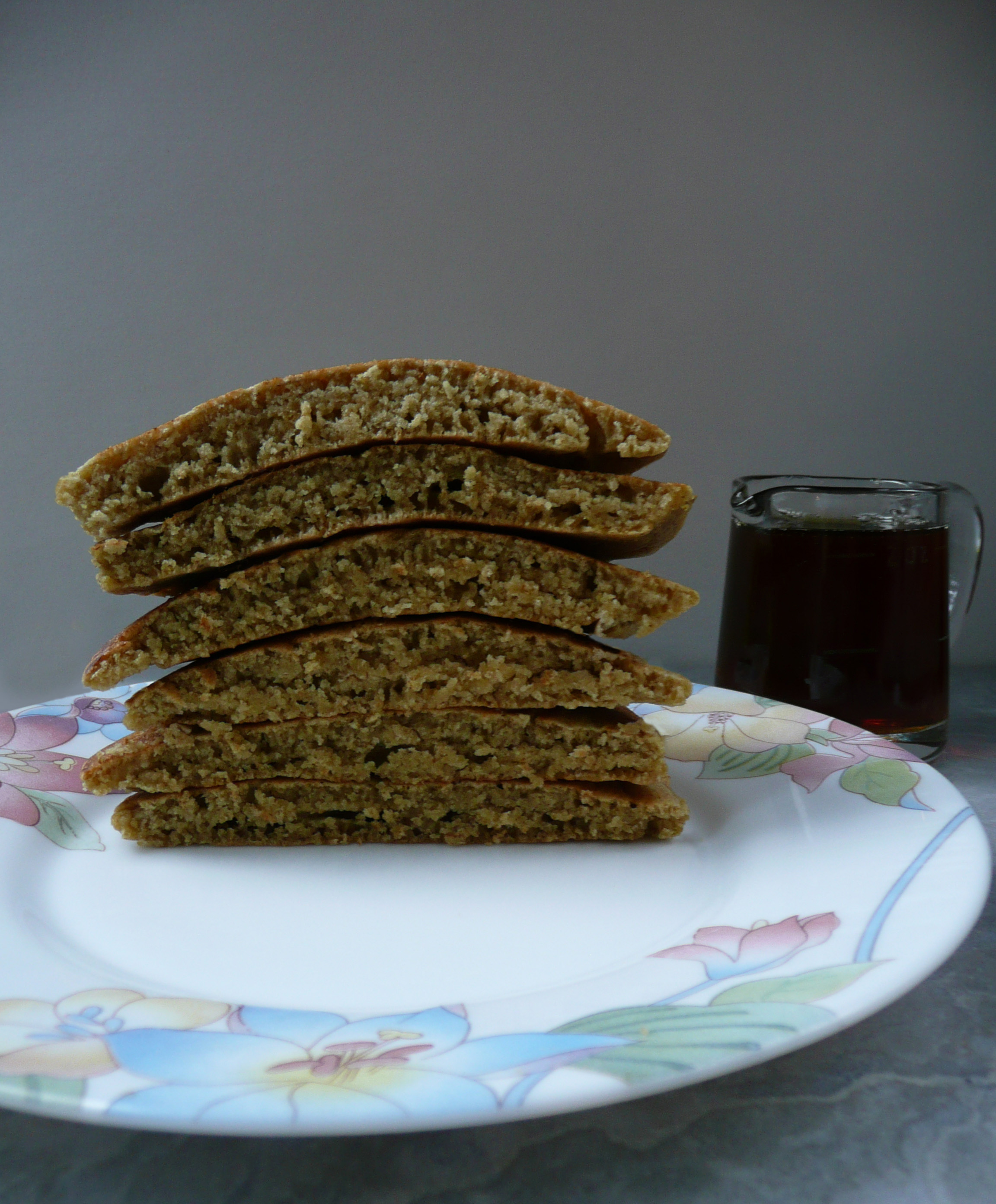
(The non-gummy cross section of the pancakes).
They are perfectly sweet, so you don’t absolutely need to drizzle over more maple syrup when you serve them, but you can of course! Especially if you like your pancakes extra sweet.
They are pretty hearty little pancakes and very filling. Each batch serves about 2 people. I have been known to make extras, and then eat them out of the fridge cold when I was too tired to think of something else to eat.
They work great for this! Especially after a long day if you’re being tempted by the siren call of those cookies you stashed away in the cupboard from your pre-gluten free days. You can eat these instead, and not feel ill afterwards.
You can pack a few of them in a little Tupperware container with some berries (fresh or frozen is fine) for breakfast. They heat up well in a toaster oven as well.
The Very Best Gluten-Free Oat flour Pancakes
Makes 10 pancakes (about 2 servings)
Ingredients
200 gm oat flour – or about 2 1/4 cup + 3.5 tbsp by volume *
scant ½ tsp of baking soda
tiny pinch of salt
1/4 cup of maple syrup
1/4 cup tbsp of melted coconut oil
2 eggs **
½ cup of water
1.5 tbsp of apple cider vinegar
Instructions
1. Sift together the oat flour, baking soda and salt.
2. In a separate bowl stir together the water, maple syrup, vinegar, eggs and the melted coconut oil.
3. Pour the wet mix into the dry, and stir this altogether until pretty smooth. Set this mixture to the side, and set a timer for 15 minutes.
During this time, make your stainless steel pan non-stick.
4. When there’s about 3 minutes left on the timer, start to heat up your pan.
If medium heat on your burner is a 5, set the heat to 4. You want to be just a little lower than medium heat.
5. When the timer goes off, give your batter a good stir (no gluten means not having to worry about over-mixing this batter).
Spoon 2 tbsp of pancake batter onto your pan for each pancake, and use the back of your spoon to gently spread the batter into a little circle, just to smooth out the shape of your pancake.
Cook the pancakes 1 min to 1.5 minutes on the first side until you see small bubbles forming on the surface of the pancake, and the sides have firmed up.
Flip the pancakes over and cook another 20-30 seconds until they are a pale golden brown, then stack the pancakes on a plate to the side. I usually cook 2 pancakes at a time so that I have room to flip them (I cook them in a 10 inch skillet). If the pancakes start to brown too fast, turn your heat down a little and cook them for a shorter amount of time on the first side.
The batter should be a little on the thick side so that the pancakes cook up nice and fluffy.
If you like thinner pancakes, you can add about 1-2 tbsp of water to the mix to thin it out. If the batter is too thin, stir in a little oat flour to thicken the batter up again.
If you use 2 tbsp of batter per pancake, then they end up about 4 inches in diameter. You can make the pancakes larger by using more batter, and adjusting the cooking time.
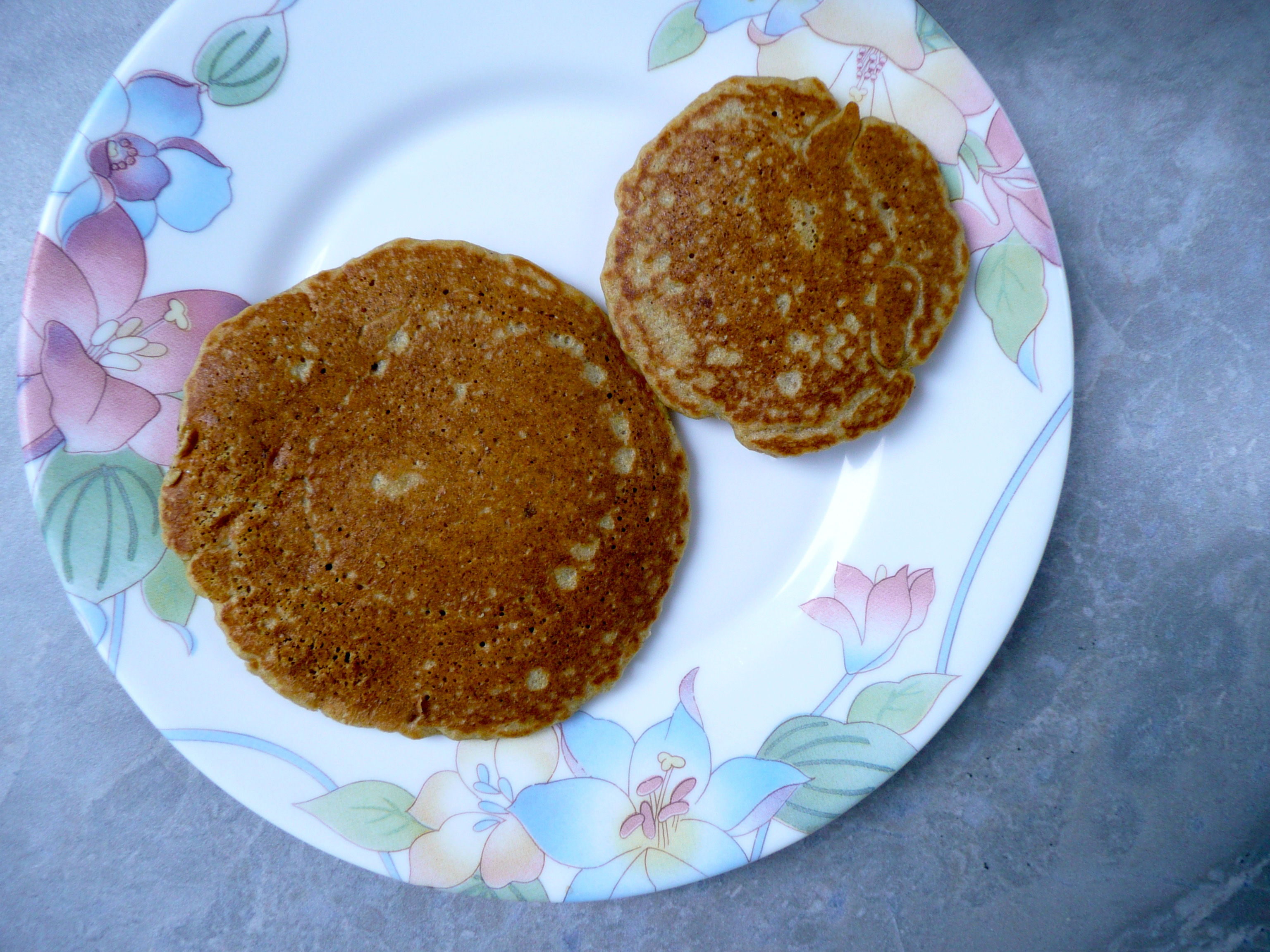
(Adult Pancake – 2 tbsp batter, and Baby Pancake – 1 tbsp batter).
* Notes – Ideally you would weigh out the oat flour, but measuring it by cups and tablespoons will work in a pinch.
Costco sells organic maple syrup for $12 – $13 / liter. The oats I grind myself in a blender (wearing earplugs, because it can be noisy). Don’t use a food processor to grind the oats, because it won’t be able to grind the flour fine enough. I put any extra oat flour into an airtight container and use it for other recipes.
** Substitutions – you can sub white vinegar for apple cider vinegar, and any neutral flavored oil for the coconut oil. You can also swap out a few tablespoons of maple syrup for water if you want them less sweet. The maple syrup just gives the pancakes a mild sweetness and a nice brown pancake color.
***Egg-free and Vegan versions – This pancake recipe is the gift that keeps on giving. It continues to amaze me every time I eat them, and make them with or without eggs.
To make them egg-free, just swap out the eggs for an extra 1/4 cup of water per egg. The texture isn’t quite as fluffy as when you use the egg, but definitely still respectable, and much better than when I tried to use a banana to bind the pancakes instead.
I’ve also made a version where I swapped out the maple syrup for 4 tbsp of honey, and used an extra 1/2 cup of water instead of the 2 eggs. They were very good as well, and the honey also acts a little as a binder.
If you make the pancakes egg free, use 1 tbsp of batter for each pancake instead. Making the pancakes smaller makes it easier for them to cook through, and you’ll get a better texture than if you made them larger. I was very surprised at how beautiful the honey egg free pancakes were that I made today. They were a beautiful light golden brown when I flipped them over, and I was happily shocked that it worked as well as it did.
I served the honey ones today with a little jam that I made from just cooking down some frozen peaches, blackberries, blueberries and a dash of maple syrup over medium heat until thickened. It was so good!
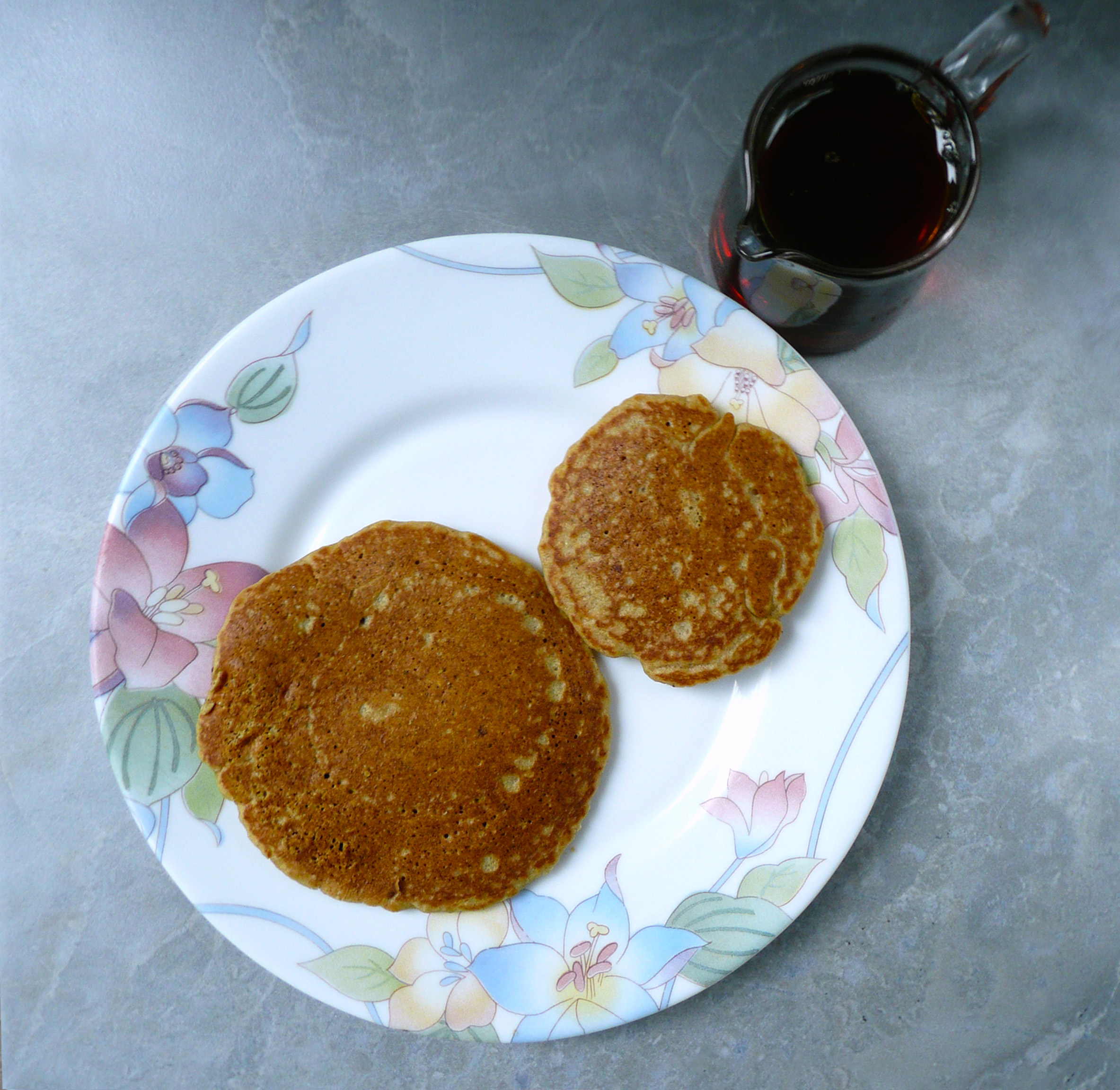
It’s amazing how much joy a pancake recipe can bring. However you make these pancakes, I hope that you enjoy them and get to share them with someone that you love.
Let me know how the recipe works out for you.
Happy Eating!
